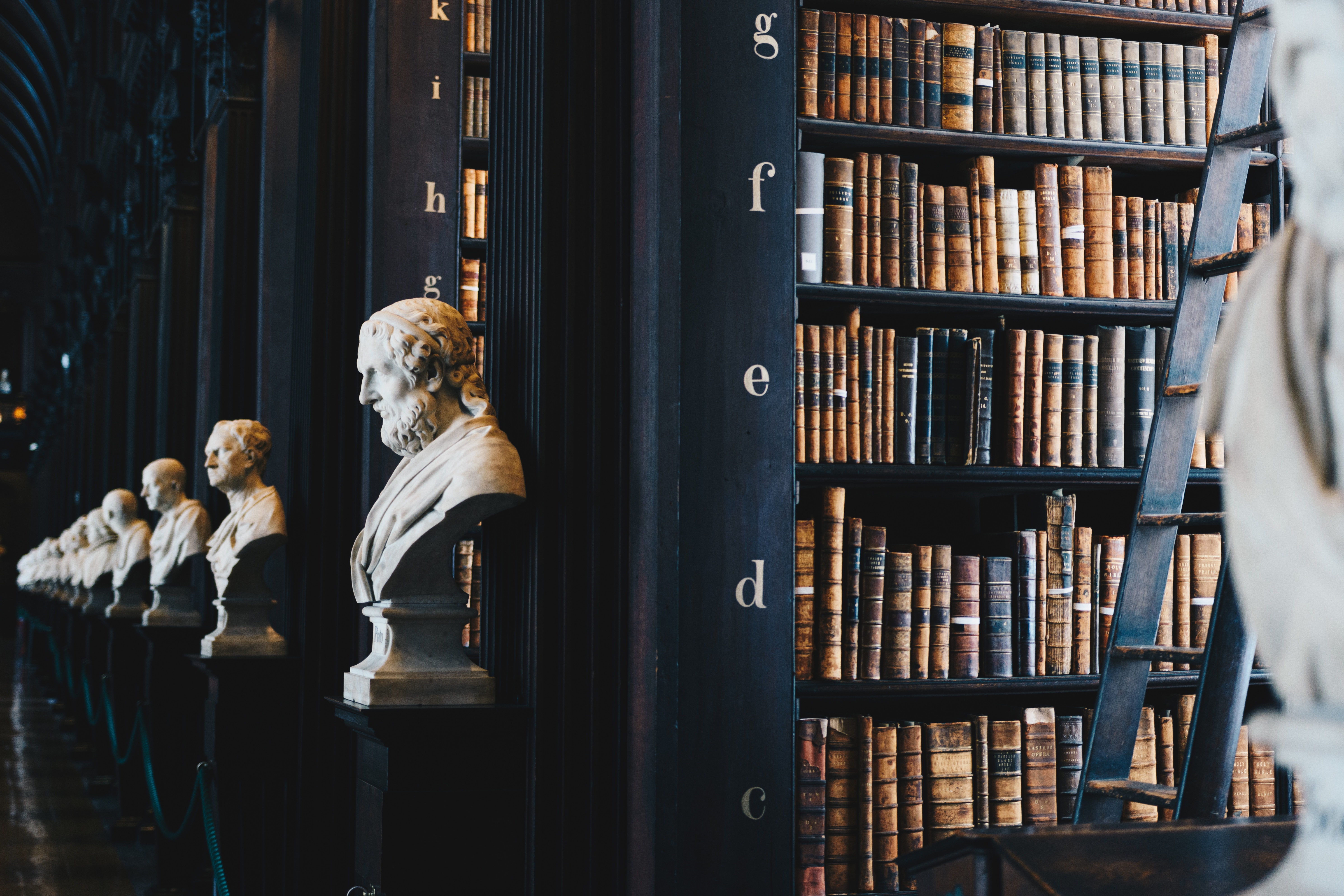A landmark in Irish tourism and one of the most important buildings in Trinity, the incredibly high arched ceilings and the shelves upon shelves of books in the Trinity Long Room are sure to draw signs of awe and amazement from visitors. Though the image has appeared as the background for many inspirational quotes over the years and has become the central image of Trinity’s international profile, in 2002 the extensive damage that had occurred from years of pollution and dust accumulation became apparent. Since then the librarians and archivists have actively petitioned for a complete overhaul of the old library and have been granted that wish in the form of the redevelopment plans that were unveiled a few weeks ago.
The structure that is the Old Library was built over 20 years between 1712 and 1732 and is home to an impressive 350,00 early printed books and 20,000 manuscripts which it has collected over 400 years. It also houses some incredibly rare articles of Irish history including the world famous Book of Kells and also one of the remaining pieces of the original proclamation, which was read from the steps of the GPO by Padraig Pearse in 1916. These priceless historical articles have placed the Long Room and Trinity at the heart of tourism in Ireland as the site typically sees over 500,000 visitors a year.
“When I first walked into the library I was shocked at how dirty the collections were.”
Susie Bioletti, a conservationist in the library and head of the steering committee responsible for the conservation during redevelopment, believes that the plans have come at a welcome time in the life of the Old Library. “When I first walked into the library in 2002 I was shocked at how dirty the collections had become. Years of a high number of people visiting had increased pollution and as a result, they were in need of a lot of work,” she said.
The redevelopment itself is to focus on three main areas. The first is the conservation and protection of the building and the extensive materials contained in the library. “Everything must come out, including the busts in the Long Room so that they are all safe during the renovation process,” said Bioletti. “This is a complex process which requires step by step guidelines and cataloguing. The result is that we are gaining a fantastic amount of information and everything is now findable all the time.”
This is the first project of its kind to be undertaken and is an obvious example of Trinity’s recent push in self investment and improvement which aims at improving their international standings and reputation. As revealed in 2019, after the fire of Notre Dame, which caused extensive damage to the French monument, constant maintenance and updating of fire prevention methods is needed. As a result, there are plans to completely redesign the fire safety and prevention systems and put in more protective measures.
“The aim of this was to alleviate pressure on Front and Library squares so as to reduce the amount of tourists within the square, this should make it look and feel more like a university than a tourist attraction.”
The second aspect of the planned redevelopment are improvements to the visitors experience. The work on this has already begun as, last week, the new display case and exhibition room for the Book of Kells was unveiled. To further improve this, there is a planned relocation of the visitor entrance to the Berkeley podium along with the gift shop. ‘The aim of this was to alleviate pressure on both Front and Library squares so as to reduce the amount of tourists within them. This should make it look and feel more like a university rather than a tourist attraction with those big long queues in Library Square,” Bioletti said of the motivations for the move. ‘There have been regular calls from students and staff alike to reduce the pressure of tourists who flock to the university and this measure should have a positive effect although it will be interesting to see the practical effects of this.’
“Now with this possibility it can open the library up to be a more inclusive area.”
Lastly, the redevelopment aims to improve Trinity’s research capacity as a University and expand its outreach as a leading university in its research fields. This involves the construction of a study centre on the ground floor of the Old Library through which people can access the manuscripts in an appropriate manner. Alongside the ongoing conservation project Trinity will also be digitising its collection to increase the availability and also provide a useful preservation tool. “The research study centre is brilliant. For years it was the main library in Trinity where people studied and socialised and now that is a completely unique experience for this to happen,” Bioletti said. “Now with this possibility it can open the library up to be a more inclusive area.”
There are undeniable benefits to the €2.7 million refurbishment which will be carried out over the next few years. It preserves the dual role that the library has as a place of both heritage and scholarship and also highlights Ireland’s recent push to recognise its cultural importance in the world and improve its investment in the arts. “With work starting on the building next year, it will be interesting to watch how Trinity’s plans manifest themselves,” Bioletti said. “We are all travellers on a journey, one of scholarship and discovery, and, with the library we are so lucky to be a part of this once in a lifetime opportunity.”






